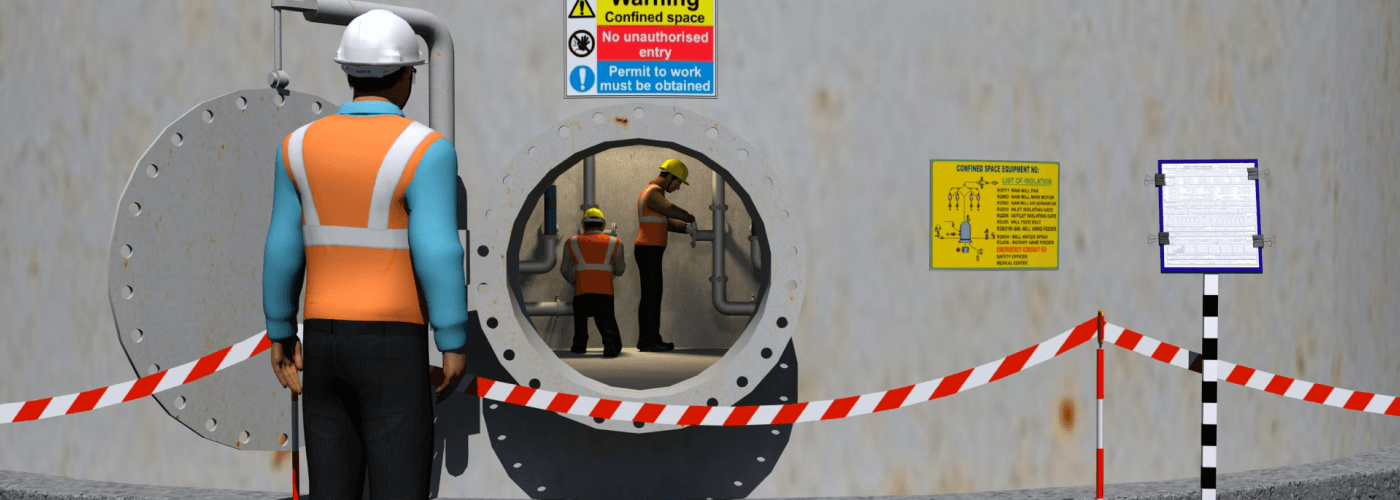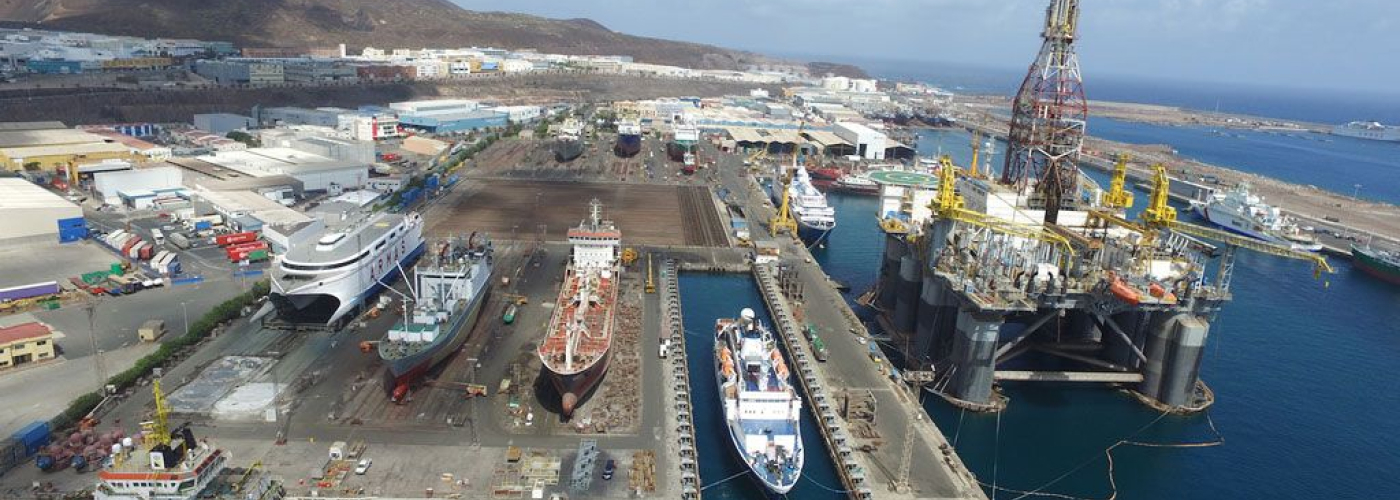
Transforming Telecom Safety: Real-Time Field Reporting, Risk Control & Proactive Accountability
In the telecommunications industry, where operations span remote towers, live networks, and complex field deployments, managing high-risk activities with speed, accuracy, and transparency is critical. Our EHS platform empowers telecom operators with real-time visibility, streamlined reporting, and actionable data—enabling smarter decisions, faster interventions, and a culture of safety built on accountability and control.
Our telecom-ready EHS management platform provides a centralized, cloud-based system to streamline and standardize safety operations across dispersed teams and assets. With mobile-first capabilities and real-time visibility, the platform empowers telecom organizations to manage safety proactively and with accountability.
Inform, Align, and Empower: 3D Animated Safety Induction and Technical Training for the Telecommunications Industry
In the fast-paced, high-risk world of telecommunications, safety and technical competence aren’t optional—they’re essential. With widespread field operations, high-voltage work, remote tower climbs, fiber optic installations, and a rotating mix of employees and contractors, building a culture of safety demands clarity, consistency, and engagement at every level.
To meet these challenges, we’ve developed a powerful suite of 3D animated Safety Induction modules, SOP visualizations, technical training programs, and incident simulations, customized for leading telecom providers across fixed and field operations.
These immersive training tools simplify complex procedures and enable better retention and compliance—whether your teams are working at height, dealing with power systems, or performing installations in urban or rural settings.
Why Telecom Leaders Trust Our Training Approach:
Customised Training Modules Developed for Telecom Clients
Powering Safe Connectivity
Whether it’s the last mile or the highest tower, safety starts with awareness, action, and alignment. Our 3D-based telecom safety programs help organizations train smarter, respond faster, and protect better—at every level of the network.
Environmental Performance Tracking
Telecom operations—from switching centers and data hubs to thousands of remote tower sites—consume significant energy and generate diverse waste streams. Our platform captures and centralizes the following ESG dimensions for real-time analysis:
Supply Chain & Indirect Emissions
Scope 3 emissions often form the largest part of a telecom company’s carbon footprint, driven by complex supplier ecosystems, logistics, and workforce mobility. Our Scope 3 module offers detailed tracking and forecasting across:
Centralized ESG & Safety Intelligence with Power BI
All environmental and social metrics are integrated into a dynamic, customizable Corporate Safety & ESG Dashboard built on Power BI. Key features include:
Build Smarter Networks. Report Transparently. Grow Sustainably.
Our ESG solution helps telecom companies go beyond compliance—enabling real-world impact tracking, responsible growth, and a sustainable future for digital infrastructure.





